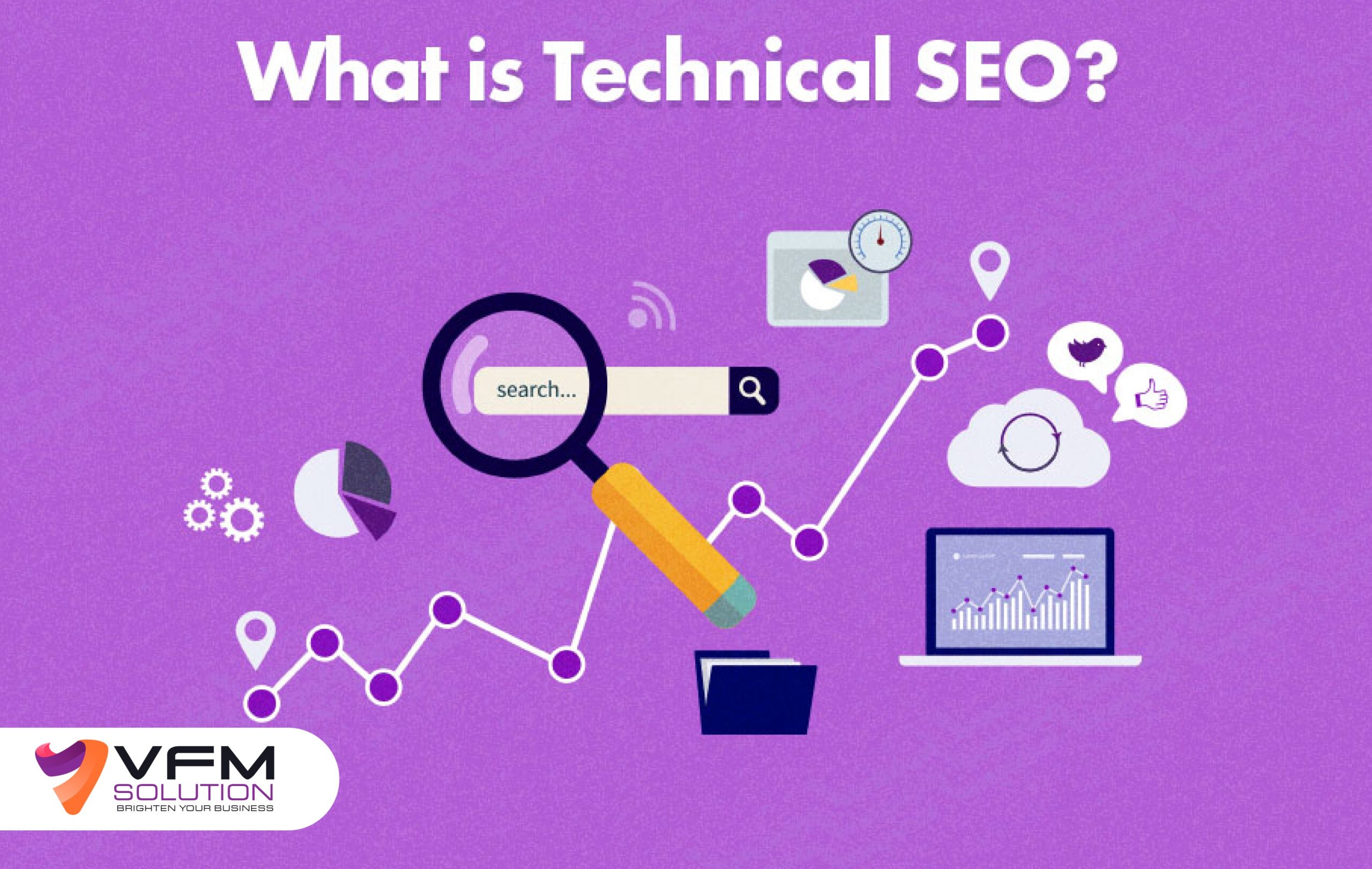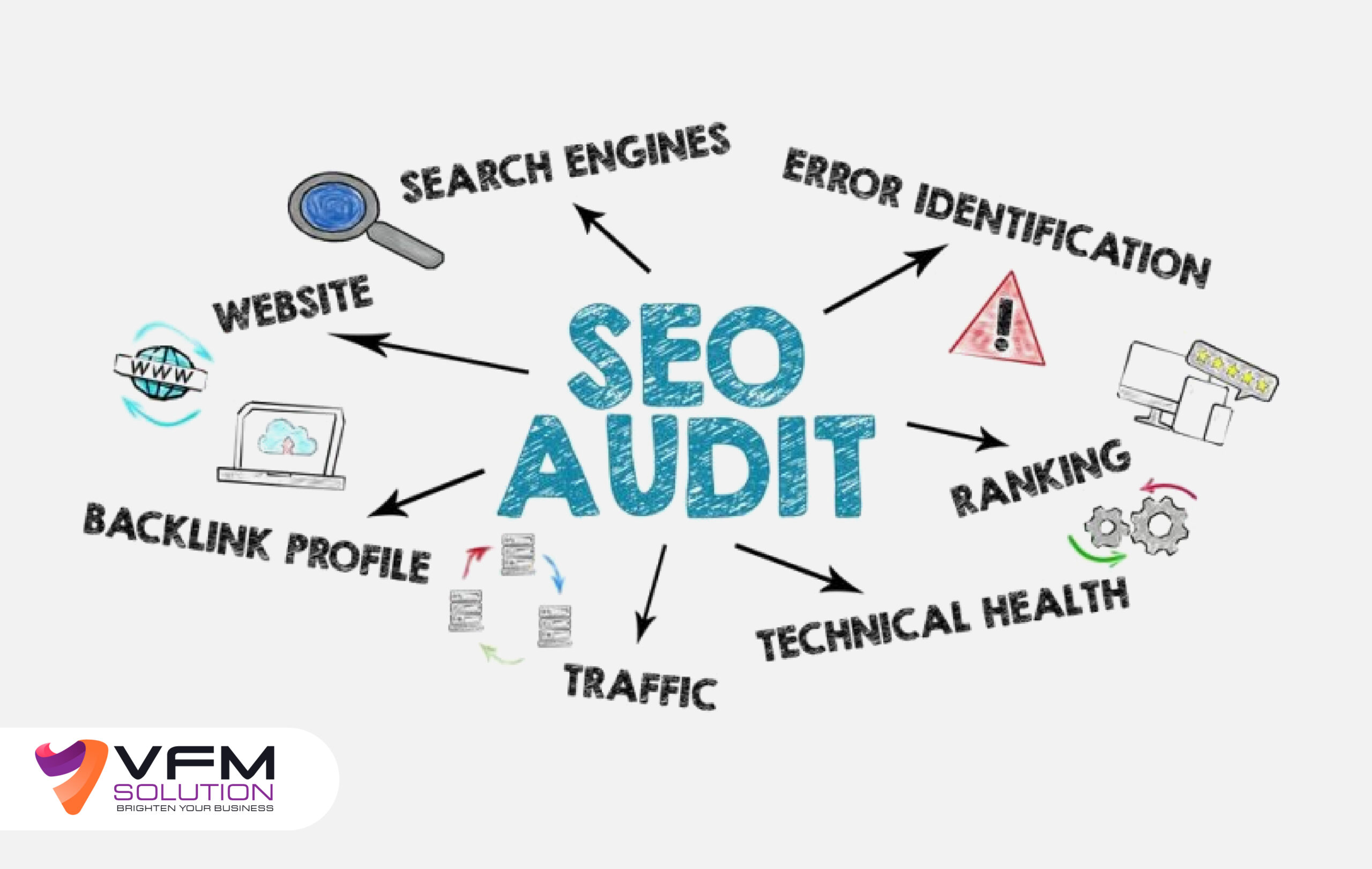Ever since digital marketing have become important, keeping up a good search engine optimization (SEO) on your website have also become extremely crucial. It is crucial for improving your website’s visibility and ranking on search engines like Google. However, while most businesses focus on content creation and link building, there’s a critical component of SEO that many overlook: technical SEO. But what is technical SEO, and why is it so important for your website’s performance? In this blog, we will explore the fundamentals of technical SEO and how it can impact your website’s search rankings and user experience.
What is Technical SEO?
Technical SEO is the process of optimizing the technical characteristics of your website to boost its search engine rankings and user experience. Unlike on-page SEO, which focuses on content and keywords, technical SEO involves optimizing factors like site speed, mobile-friendliness, crawlability, and site architecture. The goal of technical SEO is to ensure that search engines can easily crawl, index, and rank your website’s pages, while also providing a seamless experience for your visitors.
In simple terms, technical SEO is about making your website work well behind the scenes so that search engines can understand and rank it more effectively.

Why is Technical SEO Important?
Now that we understand what technical SEO is, it’s essential to recognize why it’s such a critical element of your overall SEO strategy. Here are some of the key reasons why technical SEO is crucial for your website’s performance:
- Improved Crawlability and Indexability: Search engines use bots, also known as crawlers, to scan and index the pages on your website. If your site is not technically optimized, search engine bots may have difficulty crawling and indexing your pages, resulting in lower rankings or missed opportunities.
- Faster Page Load Times: Technical SEO plays an important role in improving the loading speed of your website. Faster websites provide better user experiences and are favored by search engines, contributing to higher rankings.
- Better User Experience: A website that is technically optimized not only helps search engines but also improves the experience for your visitors. This includes mobile optimization, easy navigation, and a smooth browsing experience that can lead to higher user engagement and conversion rates.
- Mobile Friendliness: With the increasing number of mobile users, having a mobile-friendly website is vital. Google considers mobile-friendliness as a ranking factor, making technical SEO a necessary step in ensuring your site is optimized for mobile devices.
Key Elements of Technical SEO
To fully understand what technical SEO is, let’s dive deeper into the key elements that contribute to a technically optimized website. These factors are essential for improving your site’s overall SEO performance.

1. Site Speed Optimization
Website speed is one of the most critical aspects of technical SEO. A slow-loading website can lead to higher bounce rates, decreased user satisfaction, and lower rankings. Google’s algorithm prioritizes fast websites because they provide a better user experience. To optimize site speed, consider:
- Compressing images
- Minifying CSS, JavaScript, and HTML files
- Using a Content Delivery Network (CDN) to serve content faster to users around the world
- Enabling browser caching to store elements of your website in users’ browsers for faster loading on subsequent visits
2. Mobile Optimization
Since Google uses mobile-first indexing, ensuring your website is mobile-friendly is crucial for SEO. A mobile-optimized site ensures that your content is easily accessible on smartphones and tablets, providing a better experience for mobile users. Some ways to optimize for mobile include:
- Implementing responsive web design (RWD), which adapts your website to different screen sizes.
- Using larger fonts and touch-friendly navigation elements for mobile users.
- Ensuring fast load times on mobile devices by optimizing images and scripts.
3. URL Structure and Navigation
A clean and organized URL structure helps both users and search engines navigate your website efficiently. Use descriptive and easy-to-read URLs that reflect the content of the page. For example, instead of using a URL like “/product?id=123,” a more user-friendly URL would be “/products/red-shoes.”
Additionally, your website’s navigation should be simple and intuitive. A clear navigation structure ensures that both search engines and users can easily find relevant pages, leading to better SEO performance.
4. XML Sitemap and Robots.txt
An XML sitemap is a file that lists all the important pages on your website and helps search engines crawl and index your content more effectively. Submitting an XML sitemap to search engines like Google helps ensure that all your pages are discovered and indexed.

The robots.txt file, on the other hand, instructs search engine bots on which pages they are allowed to crawl and which pages to avoid. Proper configuration of this file helps prevent search engines from crawling unnecessary or duplicate content.
5. HTTPS and Secure Website
Security is another important aspect of technical SEO. Websites with HTTPS (Hyper Text Transfer Protocol Secure) are considered more secure than those with HTTP. Google gives preference to secure websites, and having HTTPS can improve both your search rankings and user trust. To implement HTTPS, you’ll need an SSL certificate, which encrypts the data transferred between your website and users’ browsers.
6. Structured Data and Schema Markup
Structured data, or schema markup, helps search engines understand the context of your content by providing additional information in the form of code. Implementing schema markup can enhance your website’s appearance in search results with rich snippets, such as star ratings, product prices, and event details.
By adding schema markup to your website, you can improve your click-through rates (CTR) and make your content stand out in search results.

Tools for Technical SEO
To ensure that your website is fully optimized, several tools can help you monitor and improve your technical SEO efforts. Some popular tools include:
- Google Search Console: Provides insights into your website’s performance, crawl errors, and indexing issues.
- Google PageSpeed Insights: Analyzes your website’s speed and provides suggestions for improvement.
- Screaming Frog SEO Spider: A website crawler that helps you identify issues like broken links, duplicate content, and missing metadata.
- Ahrefs and SEMrush: Comprehensive SEO tools that offer website audits, backlink analysis, and keyword tracking.
Conclusion
In conclusion, to improve search engine rankings and user experience. From improving site speed and mobile optimization to ensuring proper URL structures and secure connections, technical SEO plays a crucial role in helping search engines crawl, index, and rank your website effectively. Since we are SEO experts and know how to implement key elements of technical SEO to create a solid foundation for your SEO strategy.





